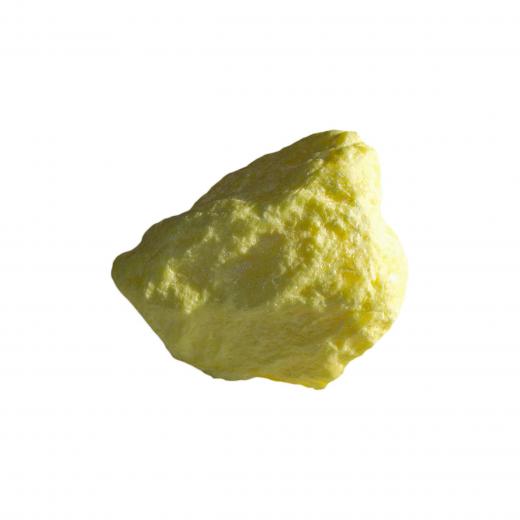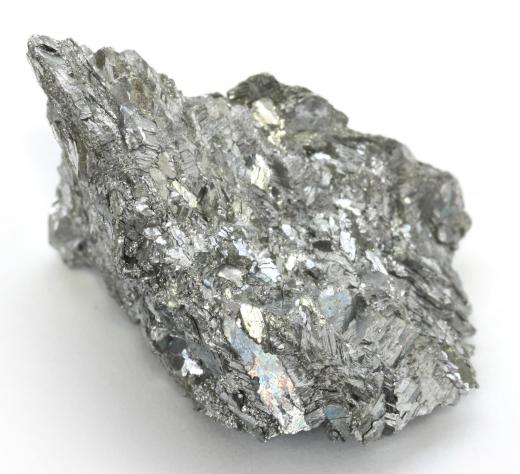What Is Platinum?
 Mary Elizabeth
Mary Elizabeth
Platinum is a metallic element with the atomic number 78 and the symbol Pt. On the periodic table of elements, it is found in Group 10 and in Period 6 between iridium and gold. It is referred to as a “transition metal.” It is also one of the “platinum metals,” along with iridium, osmium, palladium, rhodium, and ruthenium.
Platinum is a malleable, ductile element. Described as grayish-white in color, its name comes from the Spanish platina, which means “little silver.” Platinum is one of the so-called precious metals, along with gold and silver.

Although known and used in South America by pre-Columbian Native Americans, its first mention in European literature was probably the oblique reference to a metal found between Mexico and Darién in 1557 by Julius Caesar Scaliger, a French scholar of Italian background. It was further documented in the 1730's by Spaniard Antonio de Ulloa, an astronomer with a French expedition to Peru.

Usually found mixed with other metals, including iridium, nickel, or osmium, or more rarely, arsenic or sulfur, platinum occurs worldwide, but is primarily mined in Canada, Colombia, Peru, Russia, and South Africa. About 30 tons (27.2 metric tons) per year are produced. Iridium may be added to form an alloy.
Although many people many know platinum for its use in jewelry — which is how over 90 percent of it is used, platinum has a number of other uses. It is used in electroplating, as a catalyst in catalytic converters for automobiles, in the making of crucibles, in dental crowns, and — combined with cobalt — to make magnets.

Special uses include the production of standard weights and measures—the international standard for the kilogram is 90 percent platinum, and the Standard Hydrogen Electrode definition also includes platinum. In medical settings, it is used in making dental crowns, surgical pins, and surgical tools, as well as being employed as an anti-tumor agent.
AS FEATURED ON:
AS FEATURED ON:














Discussion Comments
Though platinum jewelry is pretty and often given as a 70th anniversary gift, I don't think that it is as shiny or luminous as white gold.
Post your comments